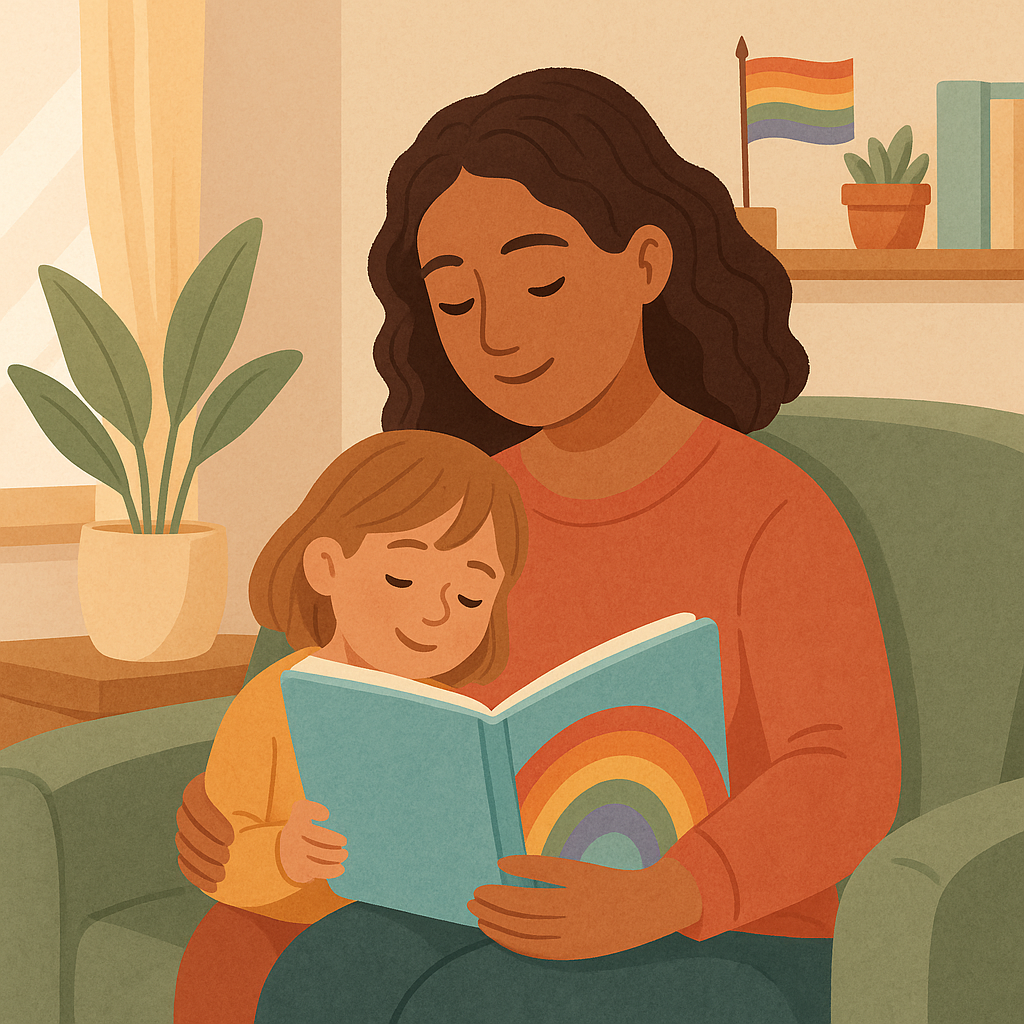I listened to an interesting bit on the radio today. It basically said that new studies show that reading and searching on the internet changes the way our brains work. Sites like Google and Wikipedia provide instant gratification rather than encouraging our brains to focus on one task. The result is lower attention spans and less searching for new ideas.
Apart from the veracity of these claims, I find it interesting to note that the study does not mention any of the benefits that the internet has provided in learning and creative thinking.
I find the internet to be incredibly useful in creative thought processes. True, there is sometimes way too much to take in and it becomes overwhelming. However, the ability to generate and share ideas across the world in various forms and to see those ideas form into projects is incredible.
And in this age of information technology, knowledge and creative processes are highly valued. Anyone can find answers on the internet. But those that dare to go the step further and create new ideas are highly sought after.
In my previous two articles, I explored how traditional classrooms are hindering creative thought processes and shared some techniques to encourage creative thinking.
Here are 5 more ways you can foster creative thinking:
1. Research
 Creativity and curiosity are eternally linked. The curious thoughts of a child lead to many creative adventures.
Creativity and curiosity are eternally linked. The curious thoughts of a child lead to many creative adventures.
And so it is with research. Pure research, not bound by assignments or duty, produces creative thought.
Interest in a topic naturally leads to research. When we want to find out about an idea, a medical condition, a hobby, etc., we go searching for all the information we can find. Those that create go further. They use this information to think of ways in which it could be improved, updated, or regenerated.
When a child wants to know all about dinosaurs they will absorb enormous amounts of information about the subject. Then they will “play” with those ideas in creative ways- through their drawings, songs, choices in food, anything really. This process helps their minds do two things:
- Assimilate new information into what they already know
- Accommodate their previous beliefs and develop new ones to fit the outside world
And these two processes are incredibly creative.
2. Questioning
Part of the reason the study I mentioned in the introduction might be true is that people tend to accept ideas and knowledge without questioning it.
The problem doesn’t lie in websites and information, it lies in the fact that we have been taught to never question authoritative information and to always look for the quickest, easiest answer.
When we begin to ask questions, we shouldn’t do it with an air of rebellion. Rather, questioning the status quo, the current knowledge, and popular messages help to identify new problems and solutions.
Thinking is not driven by answers but by questions. Had no questions been asked by those who laid the foundation for a field — for example, Physics or Biology — the field would never have been developed in the first place. Furthermore, every field stays alive only to the extent that fresh questions are generated and taken seriously as the driving force in a process of thinking. To think through or rethink anything, one must ask questions that stimulate our thought. –The Critical Thinking Community
3. Improvement
This really is a technique rather than just an approach to thinking. It can almost be played as a game with your kids. The goal is to improve an already useful object or idea.
Many inventions are really just improvements of old tools. The car evolved from wagons and stagecoaches. America’s government is an “improved” version of the Roman Republic. Even broccoli is an improved cousin of an ancient plant.
To take an idea and expound, rearrange, add, or subtract to it requires thinking creatively beyond its current capacity and use.
4. Change Perspective

Do you ever wonder how fiction writers can create alternate worlds and speak convincingly as if they were another person? How do they create such good fiction?
The short answer is that they take on a new perspective. They look at everything- the world, people, ideas, and possibilities-at different angles.
The same plot, narrated from two different perspectives, will produce two similar yet entirely unique stories. And so it is with ideas, inventions, beliefs, and everything else.
Here are some perspectives to try:
- The opposing viewpoint
- Zoom in on one thing
- Look at the larger impact
- From an animal or character’s point of view
- From the view of a consumer
- From the view of a child, boss, mother, slave, etc.
- Short term, long term
5. Recognize the Forms of Creative Expression
The most common associations with the words “creative thinking” involve art and music. Some might think of invention but rarely do people realize that creative thought can be expressed in thousands of ways.
Part of the process of being creative is recognizing when you are doing it. This requires a change in how you view creative expression.
You can think of creative expression in terms of the physical senses or in terms of the multiple intelligences. Creativity can be expressed through:
 Language– writing, languages, argument, speech
Language– writing, languages, argument, speech- Mathematics– analyzing, investigating, organizing, solving
- Musical– composing, performing, playing
- Kinesthetic– dancing, moving, fixing, doing
- Spatial– patterns, designs, architecture, visual art
- Interpersonal– understanding, sympathy, emotion, the motivation of others
- Intrapersonal– understanding, appreciation of oneself
As you can see from the list, creative expression covers every aspect of our lives.
To raise new questions, new possibilities, to regard old problems from a new angle, requires creative imagination and marks real advance in science. -Albert Einstein
- The Importance of Developing a Sober Mind in Our Students - February 22, 2019
- Teaching Children At Natural Development Points - February 21, 2019
- Dealing With The Fears Of Unlimited Game and Media Time - January 20, 2019



